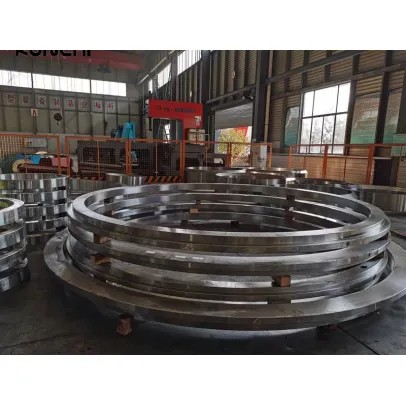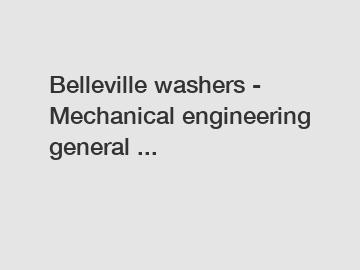Seamless rolled ring forging is a specialized manufacturing process used to produce high-quality, seamless rings with superior mechanical properties. These forged rings find extensive applications across various industries, including aerospace, automotive, oil and gas, and power generation.

1. Raw Material Selection:The seamless rolled ring forging process begins with the careful selection of high-quality raw materials, typically metal billets or ingots. The choice of material depends on the specific application requirements, including desired mechanical properties, corrosion resistance, and temperature resistance.
2. Heating:The selected raw material is heated to a precise temperature range in a furnace to achieve optimal forging conditions. Heating the material to the appropriate temperature is critical for reducing forging forces, enhancing material plasticity, and ensuring uniform deformation during the forging process.
3. Ring Rolling:Once heated to the desired temperature, the heated billet or ingot is placed on a ring rolling mill. The rolling mill consists of a pair of rotating rolls that gradually shape the material into a hollow, cylindrical preform called a "donut." The donut is then pierced to create a center hole, forming the starting shape for the seamless ring.
4. Ring Expansion:The next step in the seamless rolled ring forging process is the expansion of the preform to achieve the desired ring diameter and thickness. The preform is placed on a mandrel or idler roll, and radial axial pressure is applied to stretch the material outward, forming the ring shape. This process ensures a seamless, uniform grain flow throughout the ring, resulting in superior mechanical properties and structural integrity.
5. Ring Sizing and Finishing:Once the ring has been expanded to the required dimensions, it undergoes sizing and finishing operations to achieve precise tolerances and surface finish. These operations may include machining, heat treatment, and surface treatment processes to enhance the mechanical properties and surface quality of the final product.
Advantages of Seamless Rolled Ring Forging:
Applications of Seamless Rolled Ring Forgings:
Aerospace: Engine components, landing gear, structural parts.
Automotive: Gears, bearings, suspension components.
Oil and Gas: Drill collars, wellhead components, valves.
Power Generation: Turbine shafts, generator rotors, flanges.
Seamless rolled ring forging is a highly versatile and efficient manufacturing process that produces high-quality, seamless rings with superior mechanical properties. By understanding the key steps, advantages, and applications of the seamless rolled ring forging process, manufacturers can harness its potential to produce reliable and cost-effective solutions for a wide range of industrial applications.
Featured content:Customize Your Export Reducer for EfficiencyAre Japanese-Made Valve Parts Worth the Hype?Valve Pump Body Casting: Everything You Need to KnowWhat kind of information can I monitor with a CAN Bus Display?Everything You Need to Know About Valve Casting | HEBEI YOGEMWhat quality gemstones can I find in Hebei Yogem?10 Things to Consider When Buying nested wave springs










Comments
Please Join Us to post.
0